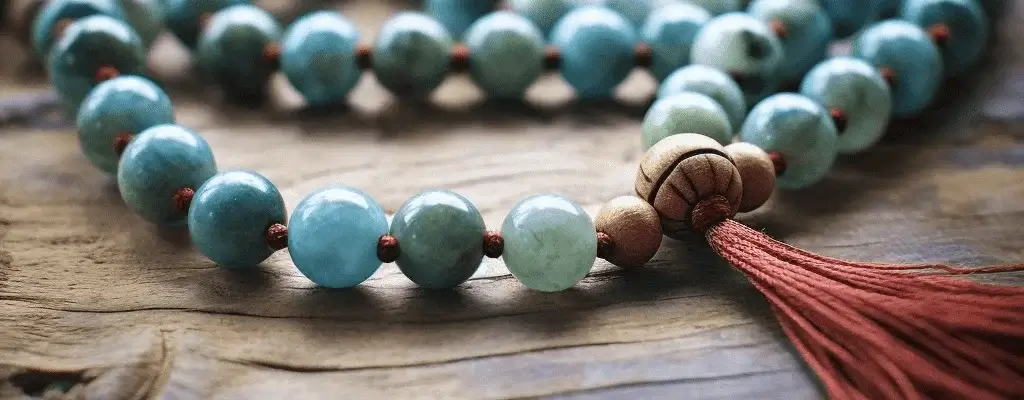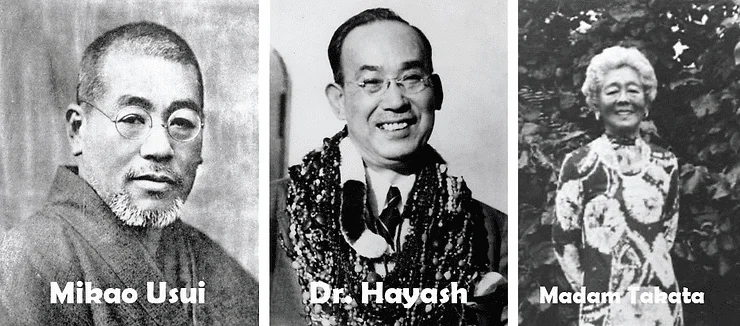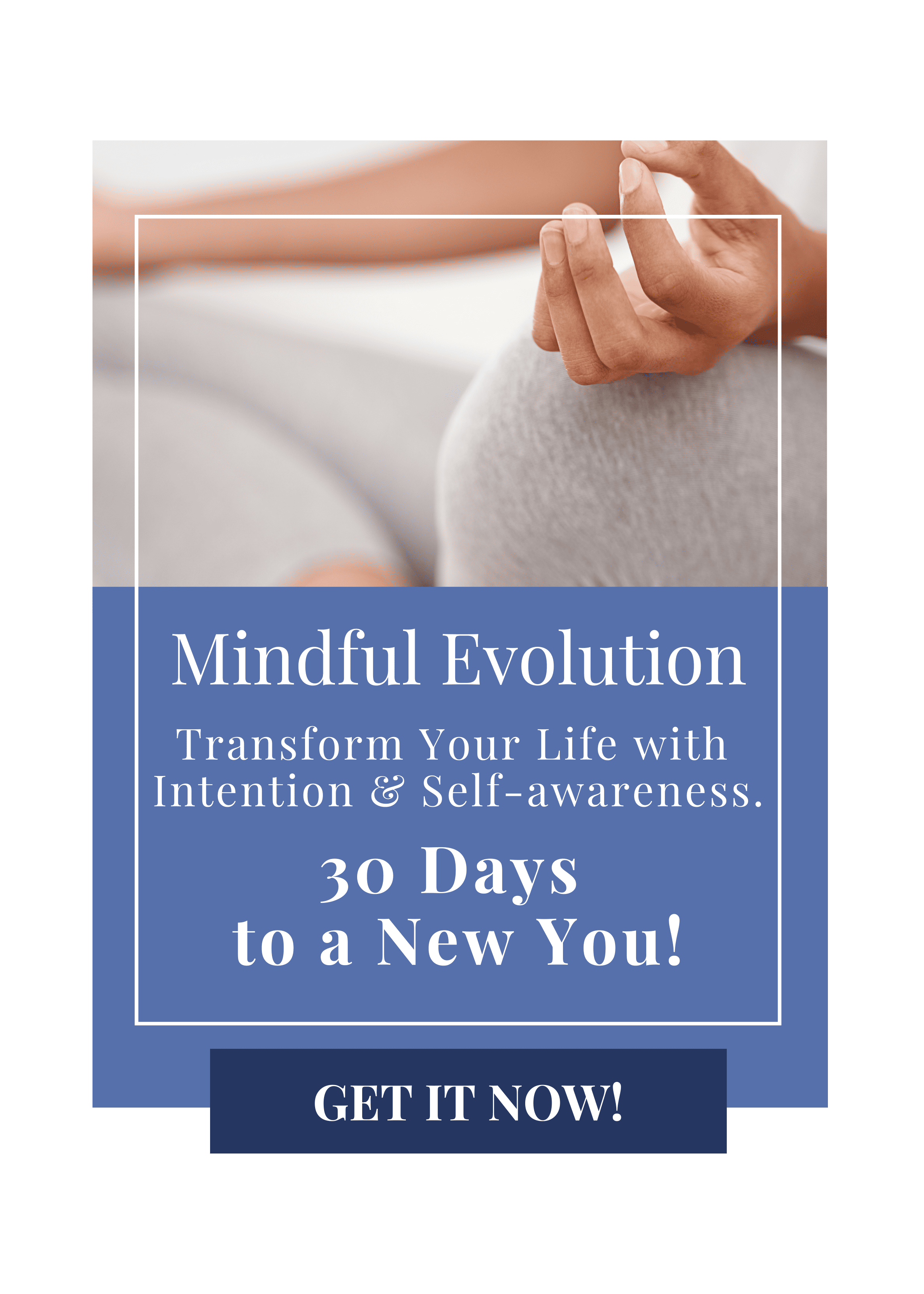During my training for Reiki Master in 2016, I was reading page after page on the history of Reiki. But you don’t have to exhaust yourself reading all the books that I did, because here I’ve created a brief overview of how it all fits together, so you can get a sense of where Reiki originates from and what it is.
Here you go:
Dr. Mikao Usui
Dr. Mikao Usui is credited as the founder of Reiki, but the general view is that this form of healing has existed for centuries and that Usui rediscovered it in the late 19th century.

The legend of Dr. Mikao Usui.
Usui grew up in a family with strong beliefs in Zen Buddhism, however, he developed a fascination with Western culture and later studied allopathic medicine.
During a cholera epidemic in Tokyo, he became seriously ill, and in his struggle to survive, he resumed Zen Buddhism and joined a Zen monastery. It was during his studies here that he discovered a healing method that had been used for centuries – Reiki.
Although he was eager to use this method, he chose to meditate on it, and on a trip up Mount Kurama, he picked up 21 stones, and then sat down and began to meditate. As each day passed, he threw away a stone and after 21 days, he finally felt open and ready to see things more clearly. Legend has it that a bright light flashed above him and shone through his forehead, enabling him to see the Reiki symbols and methods he was to use.
On his way down the mountain, he injured his foot and instinctively he placed his hand on the injured area in line with what Reiki prescribed. He then observed how the bleeding stopped and the pain subsided, and on his return to the monastery, he was able to heal his superior who was suffering from rheumatism.
Usui decided to use Reiki on the homeless in the poor areas of Kyoto, hoping to improve their lives, but was disheartened when he experienced that even after getting better, they would return to their old lives. He contemplated that healing requires healing of both body, spirit, and mind as a whole, and retreated to meditation once again, during these meditations he was further informed about the principles of Reiki.
The rest of Usui’s life was spent practicing and teaching Reiki.
What we know is true.
Mikao Usui Usui was born on August 15, 1865, in Taniai Village, Yamagata District, Cifu Prefecture. He attended a Tendai Buddhist school near Mount Kurama.
He studied and traveled to Europe, America, and China. During his studies, he practiced various healing disciplines, such as qigong, but noticed that the healing techniques often drained energy and he wondered if it was possible to heal without using energy.
In March 1922, Usui was experiencing difficulties in his business and personal life and enrolled in Isyu Guo, a 21-day training course sponsored by Tendai Buddhist Temple located near Mount Kurama. Fasting, meditation, chanting, and prayers were likely part of the practice.
It was during the Isyu Guo training that Reiki entered Usui’s life. Becoming aware of his ability to use this life force to heal himself and others with immediate results. He wanted to share this gift with others and moved to Aoyama Harajuku, Tokyo in April 1922 and established a center where Reiki was taught and given to the public.
In 1923, the Kanto earthquake struck Tokyo, killing an estimated 140,000 people. Usui performed Reiki on as many individuals as he could and also began training others in Reiki. People lined up to receive Reiki and the time came when the center could no longer accommodate the large number of people.
Usui built a new center in Nakano just outside the city in 1925 and traveled out to share Reiki in places like Kure, Hiroshima, Saga, and Fukuyama. Dr. Mikao Usui suffered a stroke during one of these trips and died on March 9, 1926.
It is estimated that Usui taught over 2,000 students and initiated 20 Reiki healers. The 20 people Usui initiated include Toshihiro Eguchi, Jusaburo Guida, Ilichi Taketomi, Toyoichi Wanami, Yoshiharu Watanabe, Keizo Ogawa, J. Ushida, and Chujiro Hayashi.
The Japanese government issued Usui a Kun San for his work.

You might also like “What is Reiki healing“
Chujiro Hayashi.
Chujiro Hayashi was a doctor and retired naval commander, and one of the 20 Reiki healers initiated by Usui. Usui asked Hayashi to open his own Reiki clinic and develop Reiki, and Hayashi opened a school and clinic called Hayashi Reiki Kenkyukai.
At Hayashi’s clinic, careful records were kept of all the diseases and conditions treated. He also made notes about which Reiki treatments worked best to treat various ailments. Based on these records and notes, Hayashi wrote Reiki Ryoho Shinshin (Guidelines for Reiki Healing Method). This guide was part of the class manual Hayashi gave to the students.
Hayashi traveled to Hawaii in 1937 prior to the Japanese attack on Pearl Harbor, and was asked by the Japanese military to provide information on the location of warehouses and other military targets in Honolulu. He refused to do so and was declared a traitor in Japan. Hayashi subsequently committed seppuku (ritual suicide) in response to the disgrace his family faced in light of his decision. Hayashi died on May 11, 1940

Hawayo Takata.
Mrs. Hawayo Takata is accredited with bringing Reiki from Japan to the West in 1937. She practiced and taught until she died in 1980.
Takata was born on December 24, 1900, on the island of Kauai, Hawaii. Her parents were Japanese immigrants and her father worked in the sugarcane fields. She married the accountant (Saichi Takata) of the plantation where she was employed and they had two daughters.
In October 1930, Saichi died at the age of 34. After many years of working long hours to support his family, Takata developed severe stomach pains and a lung disease and had a nervous breakdown, shortly after one of Takata’s sisters died.
It was her responsibility to travel to Japan, where her parents were resettled, and deliver the news. After doing so and informing her parents, she was admitted to a hospital, and diagnosed with a tumor, gallstones, appendicitis, and asthma.
Instead of surgery, she chose to visit Hayashi’s clinic, where she began receiving treatments. When she was about to travel back, she wanted to learn how to give these treatments herself and Hayashi allowed Takata to work in his clinic and began giving her Reiki training. She worked for a year at the clinic and became an initiated Reiki healer.
Back in Hawaii, she opened several Reiki clinics where she gave treatments and taught Reiki. Takata became a famously recognized healer, traveling to the American mainland and other parts of the world teaching and giving treatments. She attributed her success to the fact that she performed multiple Reiki treatments on each client.
After 1970, Takata began to initiate Reiki Masters.
She did not give written instructions or allow students to take notes or record the lessons and attributed these limitations to the notion that Reiki was an oral tradition and that everything had to be learned by heart. It is unknown why Takata taught Reiki this way. Under Takata’s teaching, she further simplified and standardized the hand positions and before she died on December 11, 1980, she had initiated 22 Reiki Masters.
Today.
Reiki as it is practiced in Japan, America, and the rest of the world today is a mixture of both Western and Japanese Reiki. Takata is credited with helping Reiki flourish and gain the recognition it has in the Western Hemisphere. Over time, some of the masters that Takata trained began to change the way Reiki was taught, allowing the wisdom of Reiki to spread even more. That shift helped Reiki become more widely spread, and it is estimated that there are over one million Reiki Masters in the world today with well over four million practitioners.
For fun, you can see below how I, via my initiation as a Reiki Master in April 2016, am connected to this historic Reiki line:







